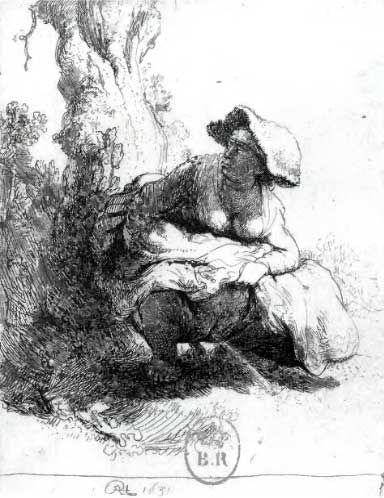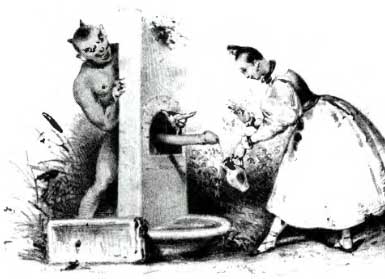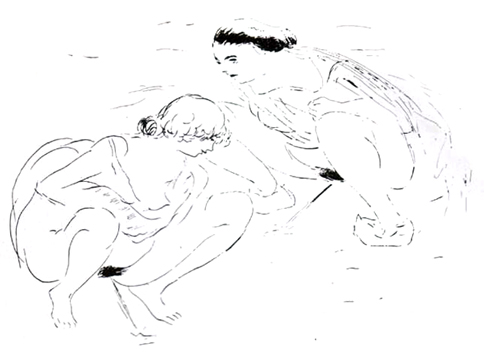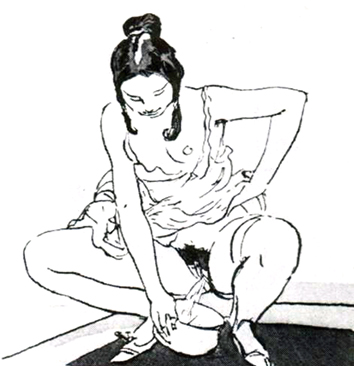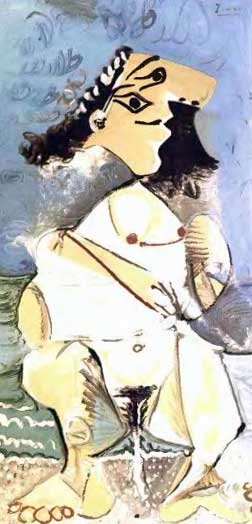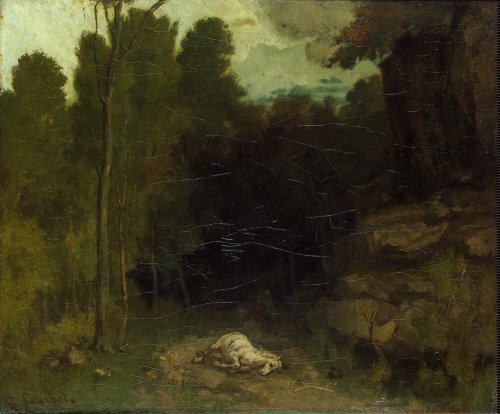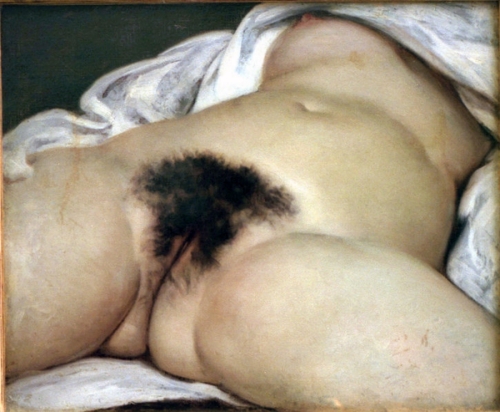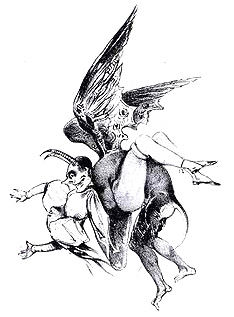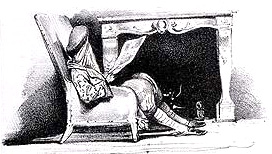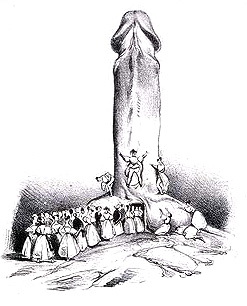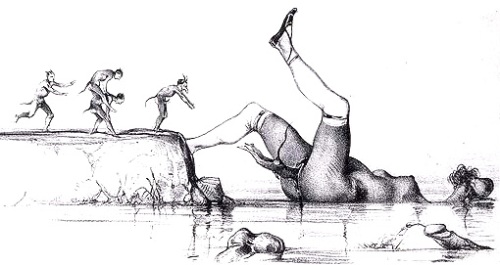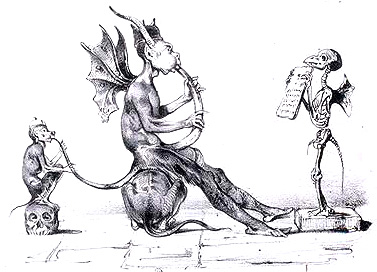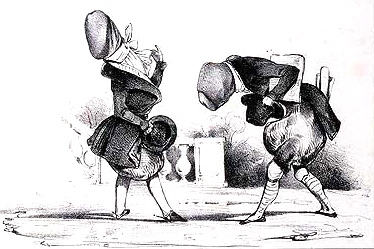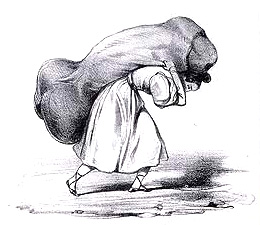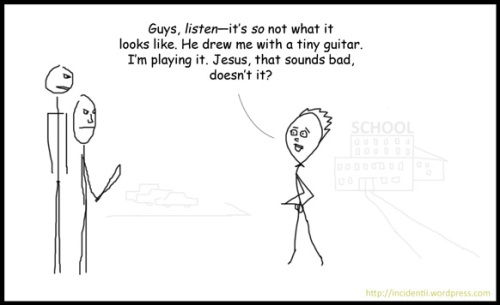Eating a banana in a public place is a stressful, complex and sometimes revealing act. It has the power to challenge strongly held beliefs about one’s sexuality and sexual orientation as well as cause or magnify existing problems of both a personal and social nature. At stake are a myriad of emotions, issues relating to self-esteem, phobias and popular associations. Yet at present, the amount of research on this topic is minimal and it remains a taboo subject even for doctors and psychologists.
The present survey—the first of its kind—will proceed by breaking up the eating of a banana into its four physical stages and offer a preliminary discourse on each. The stages are: (1) putting the banana in one’s mouth; (2) biting off a piece of the banana; (3) chewing that bitten-off piece; and (4) swallowing the resulting chewed-up mush.
(1) Putting
The key problem with eating a banana is its shape. All other complications stem from the fact that a banana is phallus-shaped. More concretely: it resembles an erect human penis, complete with slight curve. Hence, for heterosexual men and lesbians, putting a banana in one’s mouth brings to mind putting a penis in one’s mouth, which is both a foreign and [usually] repulsive activity. Worse still, however, is being seen while doing this metaphoric eating, for it involves being seen doing something that looks like putting a penis in one’s mouth. One can’t help but think, “whoever’s looking at me right now knows what I would look like with a penis in my mouth [and that’s disgusting]!”
For heterosexual women and homosexual men, the situation is different but equally uncomfortable. Even though putting a penis in one’s mouth is what heterosexual women and homosexual men do and may enjoy, it is an overtly sexual act. One does not put another one’s penis in one’s mouth as a form of greeting, for example; it is not the same as shaking hands. Hence, putting a banana in one’s mouth brings to mind an intimate sexual activity with a partner. It is not for public, prying eyes. One’s partner may see one with his penis in one’s mouth, but the world at large may not. Though for a different reason than a heterosexual man or lesbian, one can’t help but think, “whoever’s looking at me right now knows what I would look like with a penis in my mouth [and that’s a violation of my privacy]!”
Note: putting more than a certain customary length (usually >5cm) of banana in one’s mouth at once may remind some of the sexual practice known as “deep throating”.
(2) Biting
Although a heterosexual or homosexual man may enjoy biting as part of his sexual repertoire, biting of the penis—unless done under the most controlled circumstances and with utmost care—is a horror scenario. As a general rule: a penis may be touched, grabbed, rubbed, fondled, licked, sucked, suckled, kissed [etc.]; but it may not be bitten. The prohibition against biting stems from the notion of having one’s penis bitten off. No man wants to be left with a large scar and without his manhood and/or pleasure organ. Hence, for both heterosexual and homosexual men, biting a banana reminds them of this fear. It is twice as terrifying that the one doing the biting is also the one afraid of the bite: he is the cause of his own castration. Biting a banana is, therefore, like biting off one’s own penis.
For lesbians, biting into a banana may be either a neutral or satisfying act. For a lesbian indifferent towards men, it will be neutral. For a lesbian who hates men, it will be a satisfying act. The mechanics are the same as for men, but instead of fear of losing one’s penis (which a lesbian does not possess), comes the pleasure of being able to demasculinize or decockify a man; or, more precisely, the general concepts of “man” and “masculine”.
For a heterosexual woman, biting a banana is a stressful and unnatural though not terrifying experience. Once again, the mechanics are the same, but the fear is indirect, so weaker than with men. The general prohibition against biting the penis applies (this is something the woman learns from men), resulting in the biting of a banana being a strange and alien experience. But because the fear is indirect—women are not afraid of losing anything themselves, but of causing their male partner pain and suffering—it is less acute. Hence, a woman may feel odd while biting a banana rather than feel terrified.
(3) Chewing
For a heterosexual or homosexual man, chewing on a piece of bitten-off banana flesh continues and strengthens the fear of having one’s penis bitten off and, simultaneously, being both the bitten and the biter (and now also the chewer).
Yet for heterosexual men (as well as the lesbian) it also triggers a sexual identity panic, as the taste of the banana soaks into one’s mouth and that taste is good. Rare is the man or lesbian who, having bitten into and chewed on a fresh banana, has not asked him or herself the question, “because this banana is delicious and I like having it in my mouth and tasting it, does that mean I would also enjoy the taste of a man’s penis?”
For the heterosexual female reaction, see section (2) above.
(4) Swallowing
Once a banana has been placed in one’s mouth, bitten, and the bitten-off piece chewed, the banana ceases to resemble a penis and instead resembles, in either colour or consistency or both, the ultimate effect of an erect penis: semen.
A heterosexual man, though no longer afflicted by the fear of castration, now begins to feel shame, guilt and disgust. He has in most cases enjoyed the banana and has, in any case, chewed it into a pulp despite his penile anxiety. Further, the meaty banana itself having tasted good, the mush—the taste buds covered in it—now tastes incredible. And as he continues to grapple with the question of whether the taste of the banana corresponds to the taste of a penis and its cum, the heterosexual man suddenly feels as if he, having been secretly but privately sucking a penis till fruition, has now been cast into a public place with a mouthful of spermatic evidence. Disgust at the act clashes with the apprehension of being caught after the fact. The man must choose between spitting and revealing himself (but saving himself from the sensation and knowledge of swallowing) or swallowing and saving face (but suffering the indignity of knowing what it feels like to swallow another man’s semen). Either way, he loses.
A lesbian faces the same essential situation, but with the qualification that being seen as heterosexual in a predominantly heterosexual society is, by definition, less socially stressful than being seen as homosexual in that same society.
For a heterosexual woman or homosexual man, the sensation of having semen in one’s mouth is normal and sometimes desirable—doubly so now, because banana mush tastes better than semen. As such, it will confirm rather than question one’s sexuality. However, there is still apprehension of being “found out”. For a homosexual man, this may mean feeling afraid of “outing” himself if he enjoys the banana too thoroughly or swallows too audibly. For a heterosexual woman, the fear is of being perceived as a slut (“cocksucker”) or promiscuous. Therefore, we can say that swallowing a piece of chewed-up banana flesh is, in all circumstances, a stressful public situation. Where heterosexual men and lesbians face inner questions, however, the homosexual man and heterosexual woman may feel confirmed in their sexualities.
Personal Thoughts
This ongoing study was precipitated by my own personal experiences and my observations of people eating bananas in public. For nearly a decade, I, too, dreaded the prospect of eating a banana among others: in plain view, in class, at work, on the bus, on the street or at a social gathering. I could and did enjoy bananas in private, but eating them among others was stressful and eventually became so to an almost incapacitating degree. The mere thought that I might be forced to eat a banana in public was enough to leave my hands shaking and my mind racing for alternatives. Sometimes I developed a fever and my friends and family often commented on my sudden reddish complexion.
When I reached my crisis point, I began trying to discover what was wrong with me. That is where my research began: in the deep pits of despair. Unable to cope with myself, I wanted to cope with the problem. The first breakthrough came by accident, through a friend. I had seen this friend eating bananas in public, both in public places and private places in front of others, such as myself; and considered her technique pedestrian. I ate bananas with more passion and pleasure (in private, mind you) than she did. Or so I thought—for one day, unbeknownst to her, I came across her in the process of peeling a banana in her own home. She could not see me, but I could see her. And, from my vantage point, I watched her consume this regular yet no doubt delicious banana with as much fervor as I had ever seen.
Weeks later, I confronted her and, through tears, we both confessed our feelings and emotions vis-à-vis bananas and eating them in public. It was a revelation!
Within the next few days, I commenced on a systematic and organized study of the human and the banana. I chose as my test subjects both people I knew and random strangers with whom I subsequently, but with my agenda hidden, developed friendships. My goal was to discover the different ways in which people ate bananas in public and privately, and to develop a working theory as to the existence of these differences.
The results were astounding, breathtaking and severe. Where I had felt alone in my relationship with the banana, I now realized that my problems and fears and questions were actually those of humanity itself. It spanned—with distinctions, some of which I have mentioned above—sexes, genders, sexual orientations and cultures.
There were quirks and personal oddities (one woman slept with bunches of green bananas until they ripened, another licked bananas but never ate them, one man never left home without a banana hidden in specially-enlarged pant pockets, and so on) but these were separate from the general emotions and associations mentioned in my survey. The point was that people of all walks of life, from firefighters to bodybuilders, through lawyers and doctors, to the rich and the poor and priests, gamblers, politicians and university students all suffered the same anxieties and secretly asked themselves the same questions while eating bananas in public.
Some scientists to whom I’ve shown my work have laughed at me. Others, in whispers, have admitted that although the direction is sound and exciting in purely scientific terms, it is doomed to fail because it is not sufficiently spectacular or practical to attract investment. Indeed, institutions of learning in several countries have already turned me down and I have fared no better in acquiring a grant from my government. My last hope lies with the banana industry itself, in whose interest I hope it is to disseminate information about eating bananas in public. As knowledge grows and the taboo weakens, the banana industry stands to gain consumers.
But: I began this study for personal reasons and I will continue thus if need be. Learning is its own reward. Some topics are too important to leave undiscovered for lack of funding.







